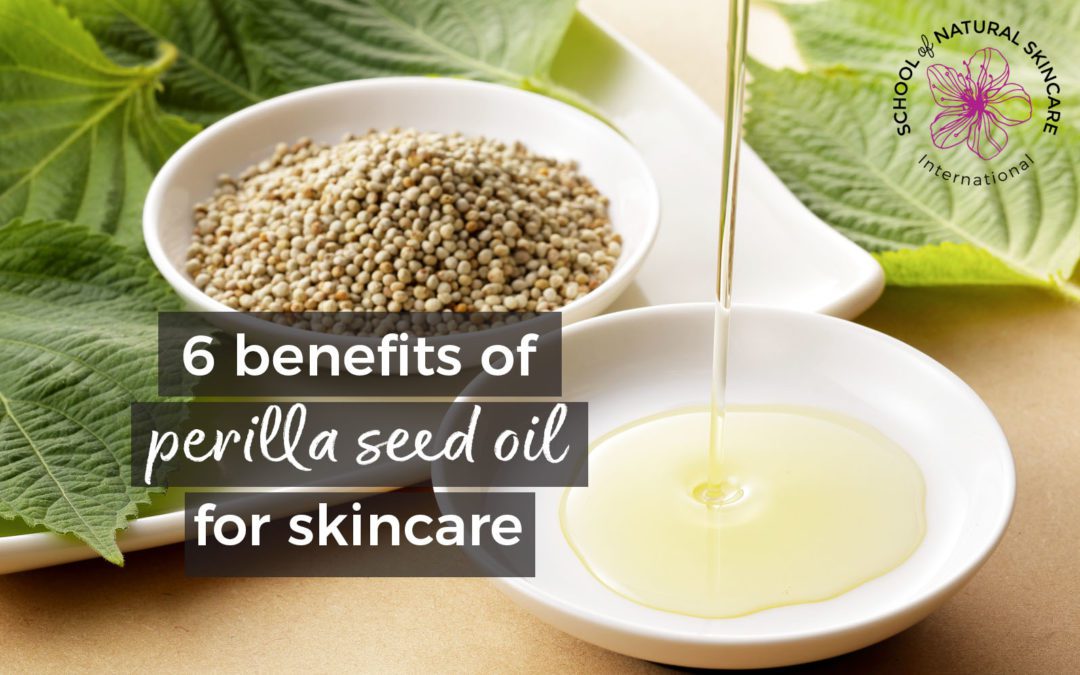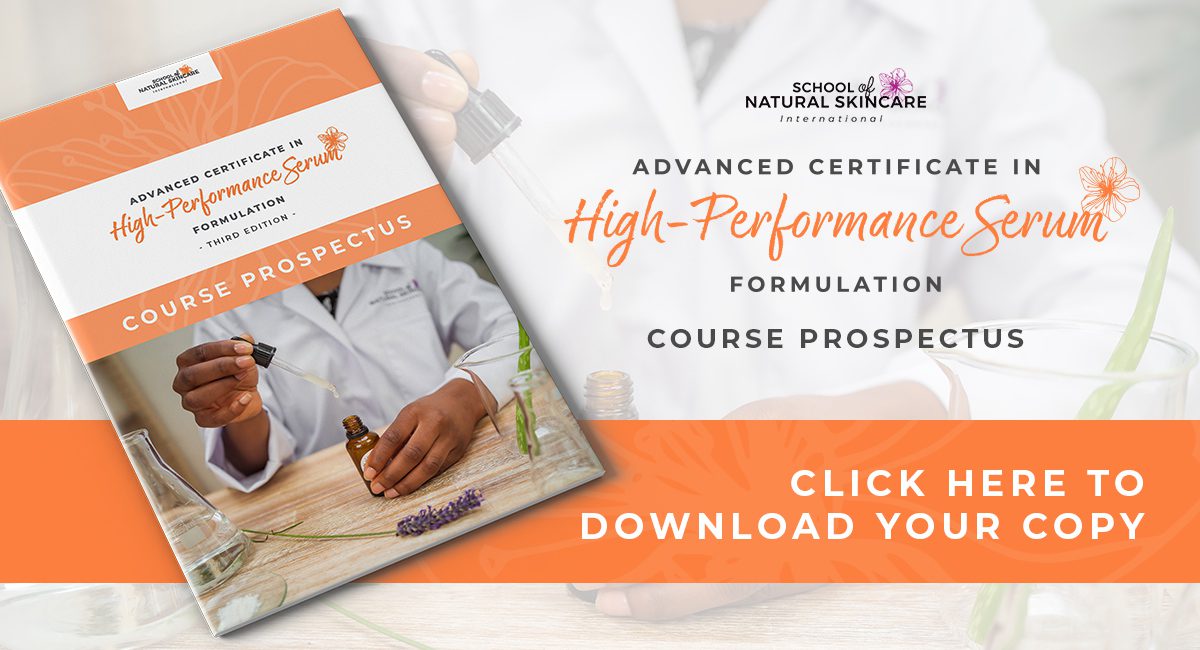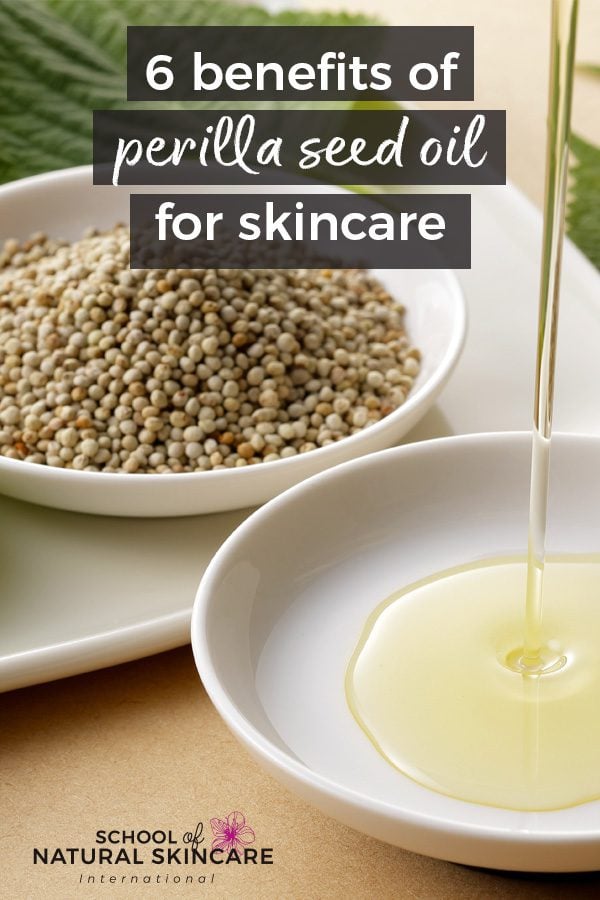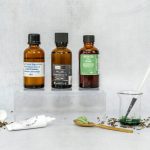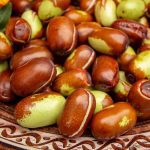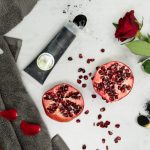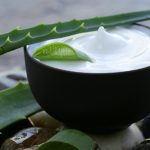Today we are sharing with you a fabulous oil that you may not have heard of before – perilla seed oil. We’ll be delving into the benefits of perilla seed oil for skin and skincare, what it is and how to use it.
As a School we love keeping up to date with new and exciting natural ingredients and beauty trends. These more unusual ingredients enhance your products in so many ways: by adding many beneficial properties to them, helping your products stand out from others, and being a great talking point in your marketing.
What is perilla seed oil?
Perilla seed oil is a member of the mint family and is native to Eastern Asia. This oil is a great source of omega-3 essential fatty acids, from which many of its health and skin therapeutic benefits are derived. Perilla oil is extracted from the plant called Perilla frutescens, which also happens to be the botanical or INCI name. It is also known as:
- Japanese mint
- Chinese basil
- Shiso
Benefits of perilla seed oil for skin
Here are 6 reasons to include perilla seed oil in your formulations:
- This potent oil demonstrates excellent antibacterial and anti-inflammatory qualities due to the abundance of linoleic acid. This makes it a great choice for problematic skin types.
- Excellent for treating aging skin – it is rich in omega-3, soothing, repairing and providing powerful antioxidant protection for mature and aging skin.
- Rich in flavones, it offers potent antioxidant activity thus helping to prevent free-radical-induced damage to the skin cells, which can result in premature aging.
- It also contains a compound which acts as a natural precursor for ceramides, which plays a role in maintaining the skin barrier to protect against water loss. This makes it very suitable in dry skin body oils and face products for drier complexions
- The oil is naturally rich in polyphenols (particularly rosmarinic acid) and triterpenoids (particularly ursolic acid), natural molecules that demonstrate anti-inflammatory, anti-bacterial, anti-oxidant and anti-allergic qualities.
- This oil is a fine, ‘dry’ oil which is easily absorbed into the skin. It is non-greasy and useful for a wide variety of products.
Composition of perilla seed oil
Perilla oil contains very high levels of n-3 linolenic acid (over 50%), an essential fatty acid that plays a major role in regulating inflammation in the body as well as the skin. Perilla oil also contains high amounts of the skin-loving omega-3 essential fatty acid and alpha-linolenic acid (ALA). Rich in flavones (plant compounds), which are heavily present in this botanical, it offers potent antioxidant activity thus helping to prevent free-radical-induced damage to the skin cells which can result in premature aging. Perilla oil has anti-inflammatory, anti-bacterial, antioxidant, and anti-allergic qualities due to being naturally rich in polyphenols (particularly rosmarinic acid) and triterpenoids (particularly ursolic acid).
Which skin types benefit from perilla seed oil?
As mentioned above it is useful for many skin types, including:
- aging and mature skin
- problematic skin types and acne
- dry skin.
The use of perilla oil for treating acne and aging skin conditions is well known. It is rich in omega-3, which soothes, repairs and provides powerful antioxidant protection for mature and aging skin. With regular use of this oil, the skin can become clearer, calmer and toned with a refreshed look.
In addition, it also contains a compound which acts as a natural precursor for ceramides, which plays a role in maintaining the skin barrier to protect against water loss. This makes it very suitable for drier complexions.
Creating products with perilla seed oil
A fine, ‘dry’ oil, Perilla seed oil is easily absorbed into the skin. This lesser known oil can make a great addition to your skincare oils and creams.
Perilla seed oil is a wonderful addition to facial oil and serum formulations for aging skin and problematic skin.
It is also excellent in body oils and face products for drier complexions.
References
Shin, H. S., & Kim, S. W. (1994). Lipid composition of perilla seed. Journal of the American Oil Chemists’ Society, 71(6), 619-622.
Quick guide to formulating with Vitamin C
Ready to start supercharging your skincare formulations with high-performance ingredients?
Sign up to our weekly newsletter and receive your free guide and Vitamin C antioxidant serum formula today. - an exclusive gift from us!
In our quick guide to formulating with Vitamin C you'll learn:
- What is Vitamin C?
- What are the benefits of Vitamin C?
- What type of cosmetic is it suitable for
- Stable forms of Vitamin C and how to use them.
Plus we’ll share with you a Vitamin C antioxidant serum formula you can make yourself!
You'll also discover the amazing benefits Vitamin C offers for the skin:
Love learning about perilla seed oil? Save this image below on Pinterest so you can be sure to remember!

